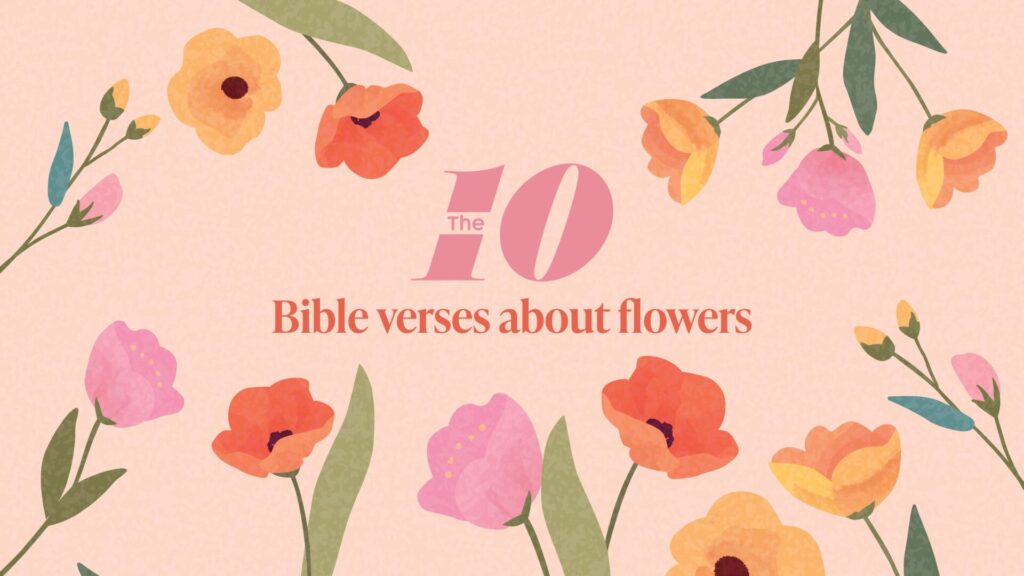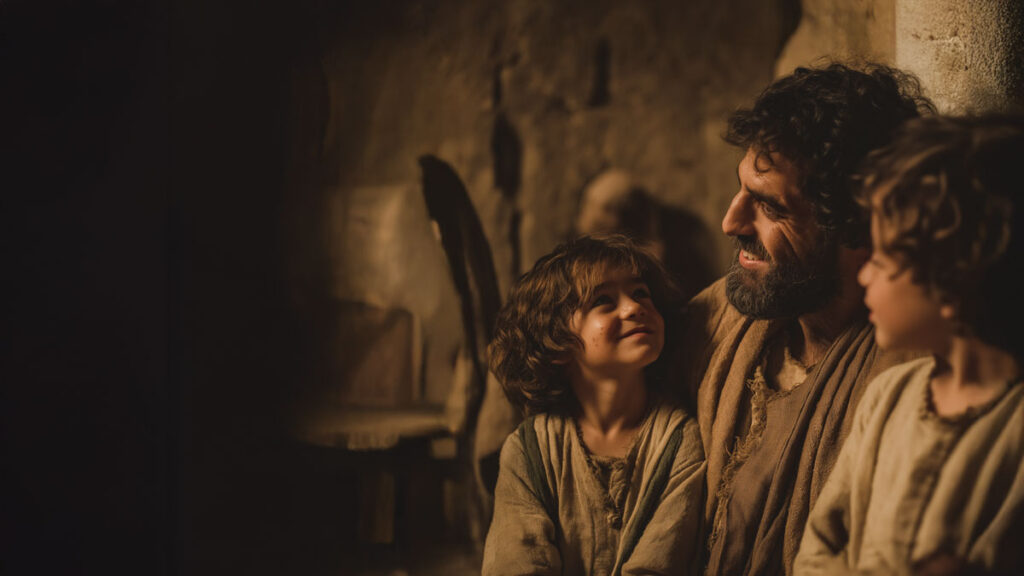From strings to percussion, the Bible is filled with references to musical instruments. While many of them were used to praise God and celebrate, others were used as signalling devices in battles.
1. Voice: Singing plays an essential role in worship. Many Bible verses command us to sing: sing joyfully, sing to the Lord, sing praises. While the voice is not considered an official musical instrument, our vocal cords can create a wide range of pitches, tones and sounds (Psalm 95:1,2; Acts 16:25,26).
Percussion instruments
2. Bells: Mentioned briefly in the book of Exodus, bells were made of gold and sewn on the hem of the priestly robe of Aaron. They were used as a warning signal to prevent the accidental death of Aaron or his sons when they entered the Holy of Holies in the Tabernacle—where the Ark of the Covenant was kept (Exodus 28:33-35, 39:25,26).
3. Cymbals: The type of cymbal mentioned in the Bible is believed to be the smaller variety of cymbals on clappers—modern-day castanets—and the finger cymbals seen in Middle Eastern dance. They were made of copper and used when celebrating and praising God (Ezra 3:10-13; Psalm 150:5). In the New Testament (1 Corinthians 13), cymbals are mentioned as being noisy in a negative way.
4. Timbrel: Similar to a frame-drum or a modern tambourine, timbrels were the primary percussion instrument of the ancient Israelites and were used for expontaneous celebrations. Miriam played one to celebrate the Israelites’ exodus from Egypt in Exodus 15:20 (Genesis 31:27; Judges 11:34; 1 Samuel 10:5, 18:6; Isaiah 5:12, 24:8, 30:32).
Stringed instruments
5. Lyre: The lyre was commonly used for secular music but also welcome in sacred use. This stringed instrument resembles a harp but is smaller with fewer strings and provides support for singers and harps. David played the lyre to soothe King Saul (Genesis 4:21, 31:27; 1 Samuel 16:16,23; 2 Samuel 6:5; Psalms 33:2, 43:4, 149:3, 150:3; Job 21:12, 30:31; 1 Chronicles 13:8, 15:16,20,28).
6. Harp: Used in the temple orchestra and appointed to raise “sounds of joy”, the harp was a favourite instrument of the aristocratic class. With 10 strings that could be played by plucking with the fingers, it was primarily a melodic instrument and most likely doubled or outlined the melodies sung by the singer (1 Samuel 10:5; 1 Kings 10:12; Isaiah 5:12; Amos 5:23; Psalms 57:8, 71:22, 81:2, 144:9, 150:3; 1 Chronicles 16:5; 2 Chronicles 5:12, 9:11).
Wind instruments
7. Shofar: Used especially in the context of battle and war, the shofar is a non-musical signalling device made out of an animal’s horn. With only a few playable tones, the calls that were used consisted of varying sequences of long and short tones (Joshua 6:4-20; 1 Kings 1:34,39,41; 2 Kings 9:13; Hosea 5:8).
8. Trumpets: Like the shofar, trumpets were not used to make music but as signals with varying sequences of long and short tones. The Old Testament describes the Levite priests using silver trumpets to signal the breaking of camp, assemble the Israelites and in conjunction with various ritual functions (Leviticus 25:9; Numbers 10:2-10, 31:6; 2 Kings 11:14; 1 Chronicles 13:8; 2 Chronicles 5:12-14, 20:28, 23:13)
9. Reed-pipe: With a nasal, piercing tone like modern oboes and English horns, the reed-pipe was a popular instrument commonly used in celebrations (1 Samuel 10:5; 1 Kings 1:39,40; Psalm 150:4; Isaiah 5:12).
10. Flute: Similar to the reed-pipe, flutes are another woodwind instrument. Because of their emotive and penetrating sound, they were often used at funerals and processions (Job 21:12, 30:31; Matthew 9:23-26).






